A Happy Meal that defied decomposition for six months has become an art installation and internet phenomenon, according to the AFP.
A New York City photographer took pictures of a McDonald’s kids’ meal every few days for the six months and the Happy Meal looks nearly the same for months on end. The item still resides in Sally Davies’s apartment in Manhattan.
In the past few days, the Happy Meal has developed into somewhat of an Internet meme—appearing on various blogs and even on the front page of Yahoo!
“It all began with a bet with a friend of mine,” Davis told the AFP. “So on April 10th I bought one hamburger and I began photographing and nothing really happened. It smelled for one day, and it stopped.”
The meal has no mold and looks virtually the same as when it was first purchased.
Davies has been accused of creating a hoax.
“I’m getting hate mails from people: ‘You are a charlatan, the fried fries are not in the same position,’ or ‘you are doing it to enhance your career!’” she told the news agency.
Marion Nestle, a professor of food studies and public health at New York University, told the New York Times that the burger has to “be very dry” in order for it to not develop mold.
“Bacteria and molds need moisture to grow,” she told the paper.
A New York City photographer took pictures of a McDonald’s kids’ meal every few days for the six months and the Happy Meal looks nearly the same for months on end. The item still resides in Sally Davies’s apartment in Manhattan.
In the past few days, the Happy Meal has developed into somewhat of an Internet meme—appearing on various blogs and even on the front page of Yahoo!
“It all began with a bet with a friend of mine,” Davis told the AFP. “So on April 10th I bought one hamburger and I began photographing and nothing really happened. It smelled for one day, and it stopped.”
The meal has no mold and looks virtually the same as when it was first purchased.
Davies has been accused of creating a hoax.
“I’m getting hate mails from people: ‘You are a charlatan, the fried fries are not in the same position,’ or ‘you are doing it to enhance your career!’” she told the news agency.
Marion Nestle, a professor of food studies and public health at New York University, told the New York Times that the burger has to “be very dry” in order for it to not develop mold.
“Bacteria and molds need moisture to grow,” she told the paper.

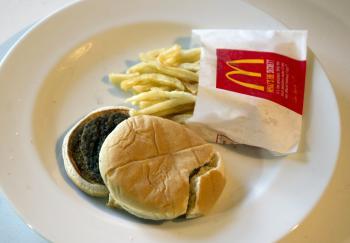
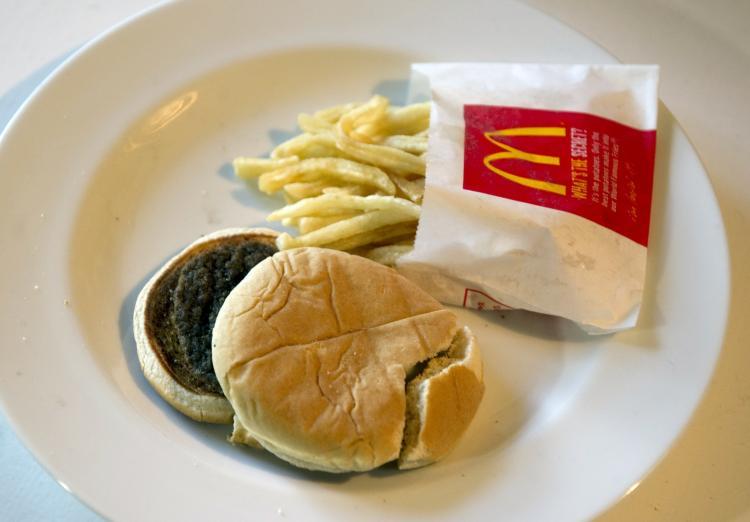
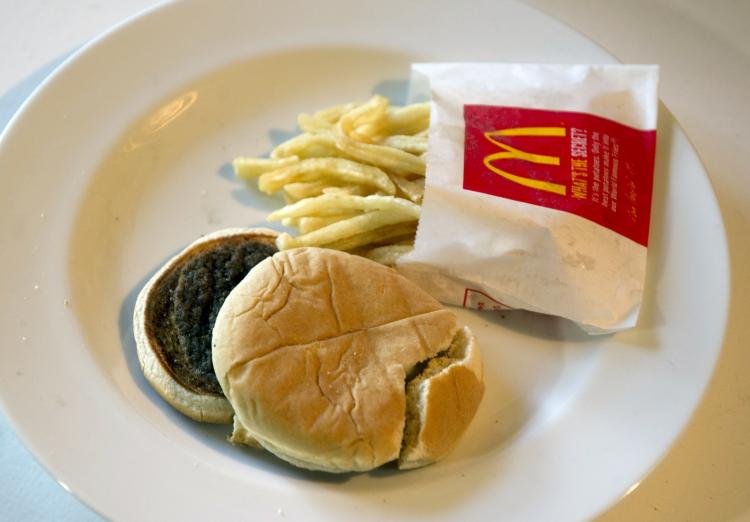

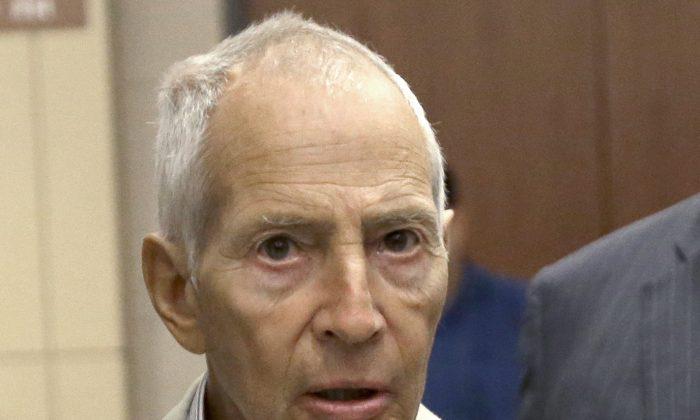
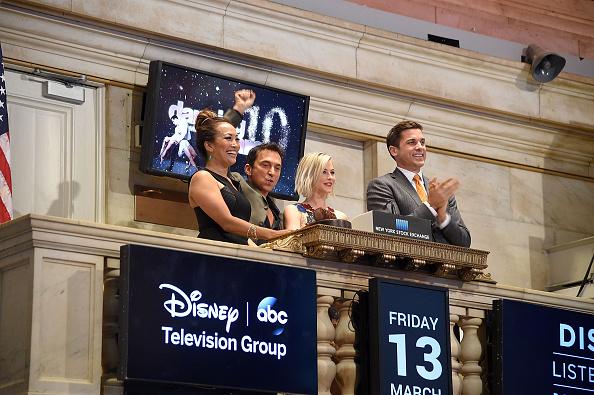

Friends Read Free